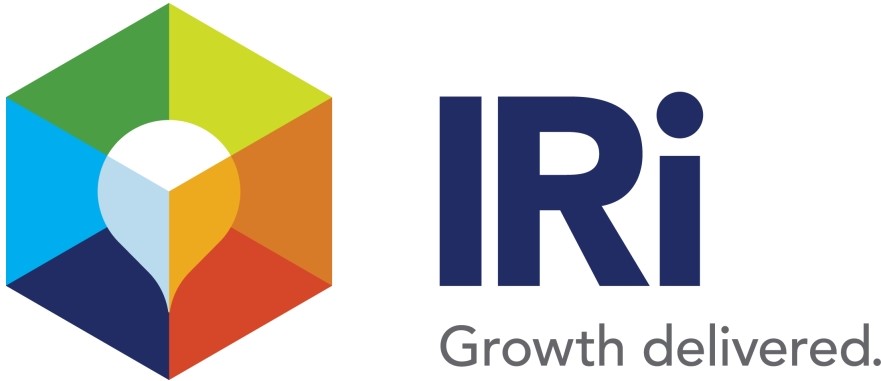IRI finds consumers still turning to private labels in stable economy

Economic indicators have been shaken by severe fall weather, but the economy still appears to be healthy and strengthening. However, 31 percent of U.S. households are struggling to afford groceries in Q3 2017, in line with the same period in 2016 but up from 28 percent in Q1 2016, according to IRI Consumer Connect survey results released recently. Consumers are continuing to rely on private label products to help make ends meet, but the role of private label in packaged goods goes way beyond money saving. To get a clear perspective of the many roles of private label, IRI also is releasing “Private Label 2017,” which examines the latest private label trends.
Results from the IRI survey also revealed that younger and less-wealthy shoppers are struggling more than others. A full 59 percent of consumers from households earning under $35,000 per year and 36 percent of millennials are having difficulty affording groceries. As a result, 89 percent of these lower-earning shoppers and 90 percent of millennials are buying private label brands to save money. And 81 percent and 83 percent, respectively, will try lower-priced brands to save money compared with 73 percent of all consumers.
“It is no secret that consumers are interested in CPG products that address their wants and needs,” said Susan Viamari, vice president of Thought Leadership for IRI. “When you look at the uncertainty and financial hardships that many consumers are facing and couple it with their favorable attitudes about the value and quality of private label products, it all adds up to a positive outlook for private label success. In fact, value is playing a huge role in the ‘want equation,’ and consumers will buy different brands, including private label solutions, to get the value that they want.”
The appeal of private label brands
Seven out of 10 millennials prefer stores that have a wide selection of private label products, and nearly as many (66 percent) often buy private label options over name brands. The appeal isn’t limited to younger shoppers; consumers from all generations view private label as a way to save money and improve value without sacrificing quality (sentiment from millennials, Generation X, baby boomers, seniors highlighted below).
- Buy private label brands to save money: 90%, 87%, 81%, 81%
- Private label products are just as good in quality as national brands: 83%, 79%, 72%, 71%
- Private label products are a better value than national brands: 75%, 71%, 65%, 64%
- Trends across stores and aisles
Though private label sales are healthy overall, the grocery channel has seen momentum slide during the past few years. Within the grocery channel, private label dollar sales have fallen 1.6 percent in 2017 after dropping 3.2 percent in 2016. National brands, by comparison, inched up 0.3 percent and 1.6 percent, respectively, during the same time period. Unit sales are also struggling. Private label units fell 1.2 percent in 2017 and 1.7 percent in 2016, compared with a national brand decline of 1.5 percent in 2017 and growth of 0.3 percent in 2016.
At the all-outlet level, private label performance is clearly mixed across channels, driven by strength of select key categories, segments and brands. Beauty, beverage and frozen food departments are seeing the strongest dollar sales growth, as retailers set their sights on categories within these departments that drive foot traffic and basket size, and capitalize on key consumer trends.
IRI’s research shows that the future is bright for private label solutions. Two-thirds of consumers plan to purchase private label more frequently in the coming six months. Among millennials and lower-earning shoppers, three-quarters expect to buy more private label solutions during that time frame.
But, the market is transforming quickly, as assortment becomes broader and more targeted and new players enter the marketplace. For instance:
- Costco is focused on driving private label penetration from the current rate of about 25 percent of sales to 37 percent of sales. The focus is on Kirkland Signature natural and organic products and increased scope of co-branded products.
- By 2022, major private label players Aldi and Lidl could have a combined 10 percent of grocery share.
- Hard-discount grocer Lidl entered the U.S. market in June 2017, with plans to open more than 100 U.S. stores by the end of 2018, and more than 600 stores in five years. To better understand the impact of Lidl’s entry into the U.S. market, please download the IRI Market Shift Study: Lidl.
- Aldi is increasing its U.S. investment and is expected to become the third-largest U.S. grocer by 2022, with more than 2,300 stores.
- Online grocery retailer Brandless launched in 2017 and is offering a wide range of private label CPG items, such as snacks, beverages, cleaning supplies, beauty products and more, for $3 each.
”The transforming marketplace certainly warrants close monitoring,” concludes Viamari. “As the players in the game change, existing players will continue to evolve their private label strategies to protect and grow share. Private label is anyone’s game to win, and the winners will be those that stay in lockstep with the rapidly evolving needs, wants and behaviors of today’s CPG shoppers.”
Looking for a reprint of this article?
From high-res PDFs to custom plaques, order your copy today!







